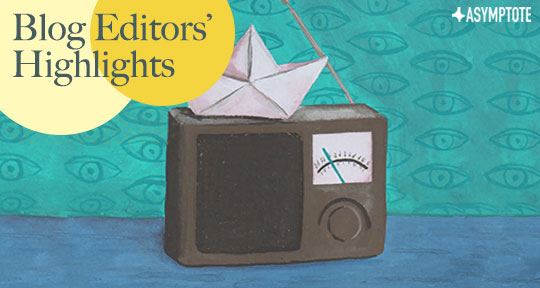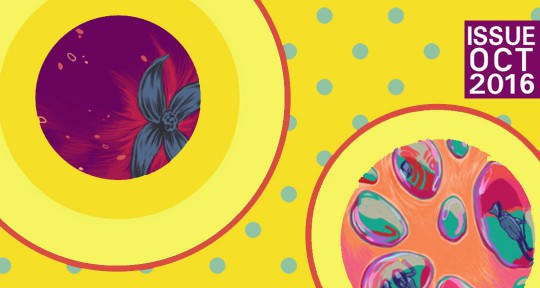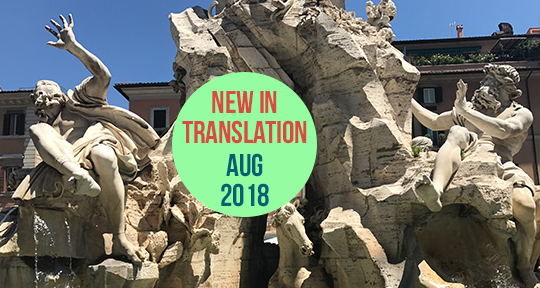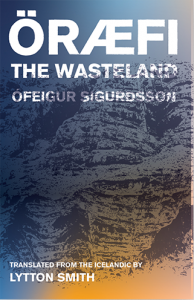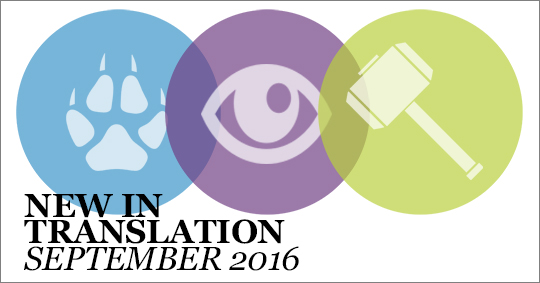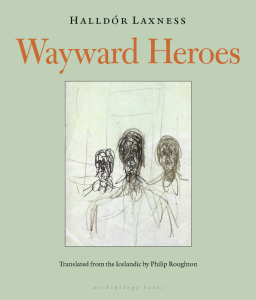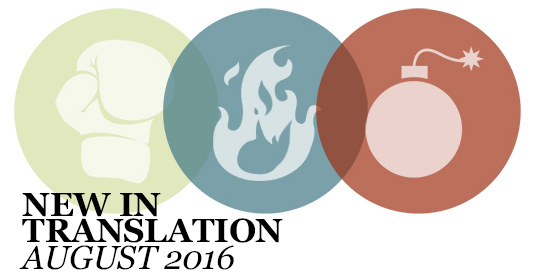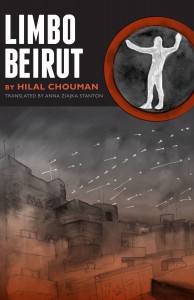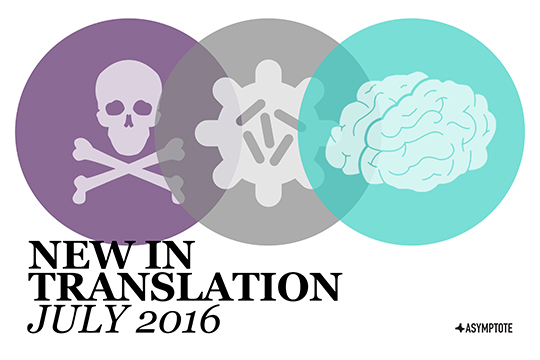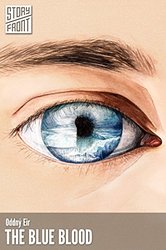This week, join three Asymptote staff members as they report the latest in literary news from around the world. From the legacy of Romanian poet Emil Brumaru, to new releases of poetry, literary competitions, and the Iowa City Book Festival, there’s plenty to catch up and reflect on.
MARGENTO, Editor-at-Large for Romania and Moldova, reporting from Romania and Moldova
The most resounding recent piece of literary news in Romania is the passing of poet Emil Brumaru (born eighty years ago in Bessarabia, present-day Republic of Moldova), one of the greatest Romanian poets of the past fifty years. Superlative eulogies have inundated literary magazines and wide circulation newspapers alike, foregrounding both the vastness and the subtlety of the oeuvre, while also deploring the disappearance of a widely popular presence prolifically active in literary publications and even social media. Brumaru’s obsessively erotic verse, ranging from the profane and the pornographic to the angelic and the (still physically) mystical, comports a richness of nuances and a chameleonic craftsmanship that perhaps explain why such a huge voice remains for now largely unknown to the English-speaking world, except for a handful of poems translated in a couple of anthologies, graduate theses, or casual blogs.
While women are arguably the only—inextinguishable, nonetheless—subject of Brumaru’s poetry, women writers themselves are taking centre stage in Romanian letters as well. The first edition of the Sofia Nădejde literary awards—curated by poet and radio show host Elena Vlădăreanu—was in that respect a remarkable milestone. While doing justice to novels or collections by established writers such as Gabriela Adameșteanu and widely known young poets and critics like Teodora Coman, the judges also picked for the debut collection award a release significantly titled Kommos. A Hysterectomy Procession by Iuliana Lungu, an up-and-coming poet who has already won support and even accolades from living legends such as Angela Marinescu and Nora Iuga.


